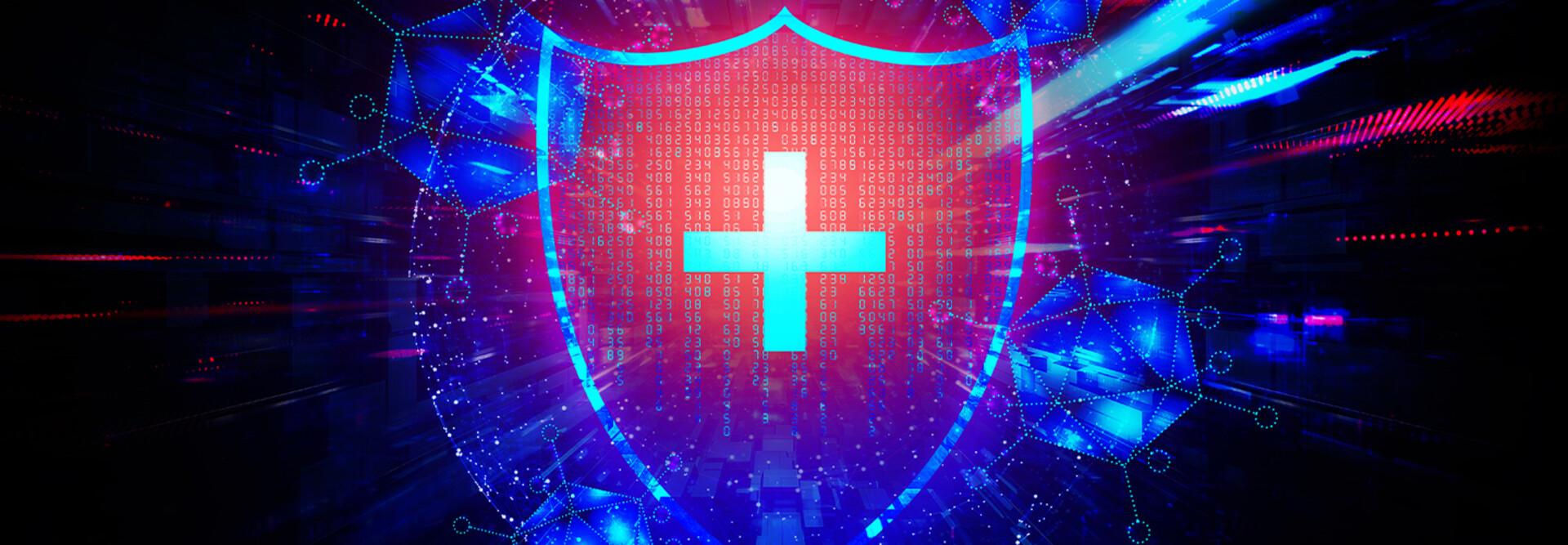“Minimum viability is important because you can’t fix everything at once,” said Courtney Guss, director of crisis management at Semperis. “Understanding what’s essential to your company’s minimum viability helps you prioritize those operations.”
Organizations that achieve success in their cyber-resilience efforts improve their ability to withstand a cybersecurity breach, as well as other disruptions such as natural disasters.
Why Resilience Demands a Clear View of Operations
One significant challenge organizations face in establishing resilience is having data and lines of business that operate in siloes, which can limit visibility into these operations. Being able to see across operations helps organizations to be more resilient.
Cisco has developed solutions that can help organizations see across siloes to create a unified view of operations, said Cabrera. Artificial intelligence and other automation capabilities in these tools help organizations save time in both preparing for and recovering from a disruption, leaving them more time to focus on top priorities.
These capabilities are becoming increasingly important, as organizations need to be able to orchestrate their recovery operations. Lines of business must communicate with each other and with leadership. Rapid recovery is a top priority as organizations face an ever-evolving landscape of cyberthreats.
“We have to do what we can on the response and recovery side because you’re not going to be able to stop everything,” Guss said.














